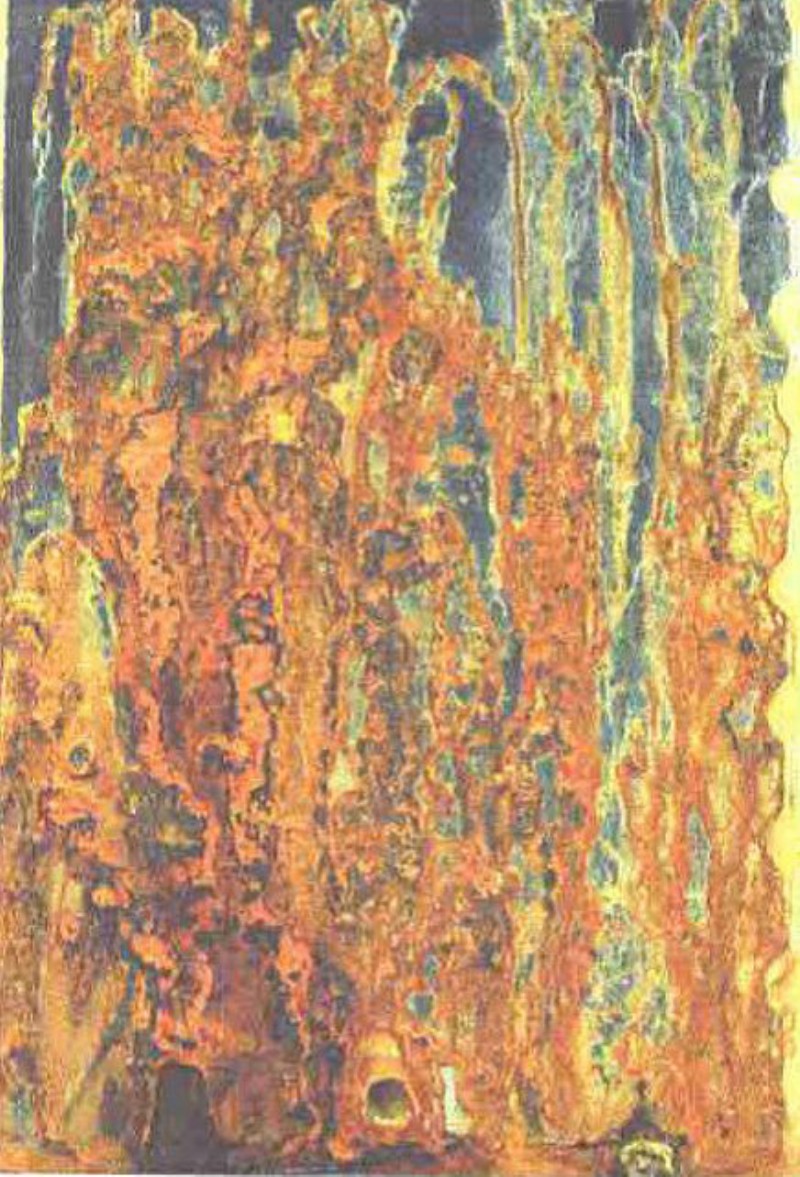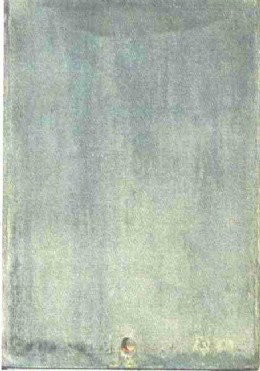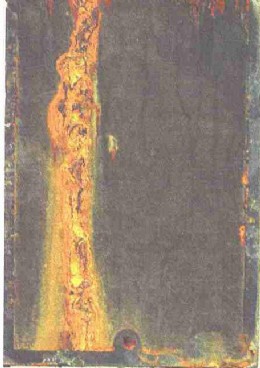Deepwater Deployment Gets Tough

Hard chrome after 288 hours

CVD tungsten carbide coating after 480 hours

HVOF after 480 hours
Two years ago, Canada-headquartered Master Flo Valve Inc approached Hardide Coatings looking for a new coating for its choke valves’ stem assemblies. The coating had to be rated to temperatures as high as 400°F — a requirement that eliminated all standard coating options — and be capable of withstanding operating pressures up to 20,000psi.
Resistance to corrosion, erosion and wear were all critical. The choke valves use a metal-to-metal primary stem seal system, so to maintain sealability the surface finish on the stems has to withstand the wear of hundreds of choke cycles in subsea environments.
As a result of working together, the Hardide-T chemical vapour deposition (CVD) coating is now used to hardface stems on the Master Flo P4-15k and P4-20K subsea bolted bonnet choke valves.
Fully qualified to API 6A, API 17D PR2 / PR3 requirements, and designed per API 17TR8 requirements, the subsea choke valves using the Hardide-T coating are rated to depths of 10,000ft for temperatures from -20°F to 400°F and pressure of 15,000psi for the P4-15k and 20,000psi for the P4-20K. The CVD coating is also used on an application for a capping stack, for deployment in a blow-out situation.
Everett Marshall, Master Flo engineering subsea team lead, said: “The company worked with us to provide a solution that met all our criteria, and to fine-tune the manufacturing process to achieve the specific surface finish and geometrical tolerance required.”
Hardide-T belongs to a novel family of nano-structured tungsten/tungsten carbide coatings used on components subjected to high levels of wear, erosion, corrosion, galling and shock loading. The coating can be used in applications requiring smooth external and internal surface coatings, and even on complex shapes, including control valves, downhole tools, and retrievable packers.
The CVD coatings are crystallised atom-by-atom from low-pressure gas media, producing a uniform, pore-free coating.
The dispersed tungsten carbide nanoparticles give the material enhanced hardness, which can be controlled and tailored to give a typical range of between 800 and 1,600 Vickers hardness (HV).
Dr Yuri Zhuk, Hardide Coatings’ technical director, said: “The valves’ qualification to all API requirements demonstrates the success of this specific collaboration, as does the successful deployment deepwater for a major oil and gas operator.”
Outperforming the alternatives
The CVD coating outperforms alternatives such as high velocity oxyfuel (HVOF) and hard chrome plating (HCP) in a number of critical areas such as protection against corrosion, wear, erosion, acids, and other chemically aggressive media.
• Chemical and corrosion resistance The pore-free CVD coating’s performance was confirmed in accordance with ASTM B117-07a standard. Here, mild steel plates were coated with HCP, HVOF, and CVD coatings, and were subjected to 480-hour neutral salt spray tests. The HCP samples were badly corroded and were removed from test after just 288 hours’ exposure. HVOF-coated samples showed heavy rust stains and the coating blistered. The CVD samples showed only light staining.
• Sulfide stress cracking The CVD coating was tested in accordance with the NACE standard (TM0177-2005 / ASTM G39) 30 Day Sulfide Stress Cracking Test. Samples were tested with coating elongation up to 3,000 microstrain. The CVD-coated substrate showed no micro or macro-cracking or degradation.
• Wear and erosion Wear resistance tests performed in accordance with the ASTM G65 standard showed the coating wear rate is 40 times lower than abrasion resistant steel, 12 times lower than hard chrome and four times lower than thermal spray.
Dr Zhuk concludes: “The CVD coatings offer a unique combination of protective properties, adding value to components, tools and equipment; reducing operational costs; saving downtime; and increasing productivity.”
Tel: 01869 353 830
Email: info@hardide.com
Web: www.hardide.com
Published: 26th March 2018
Rachel Wormald, Managing Director at YPS Valves Ltd and Elizabeth Waterman, ...
Are you looking for industry-leading, brand independent valve and actuator ...
As can be seen from the photograph, clearly the resident birds at Bartlett ...
Howco Group has unveiled its latest £1million investment, with the ...
In 2024, Allvalves is poised for an exciting year of growth and expansion, ...
GMM Pfaudler Engineered Plastics & Gaskets are delighted to bring the ...
In the ever-evolving valve industry, GMM Pfaudler stands out for its ...
SAMSON Controls Ltd – part of the SAMSON group - a renowned leader in ...










